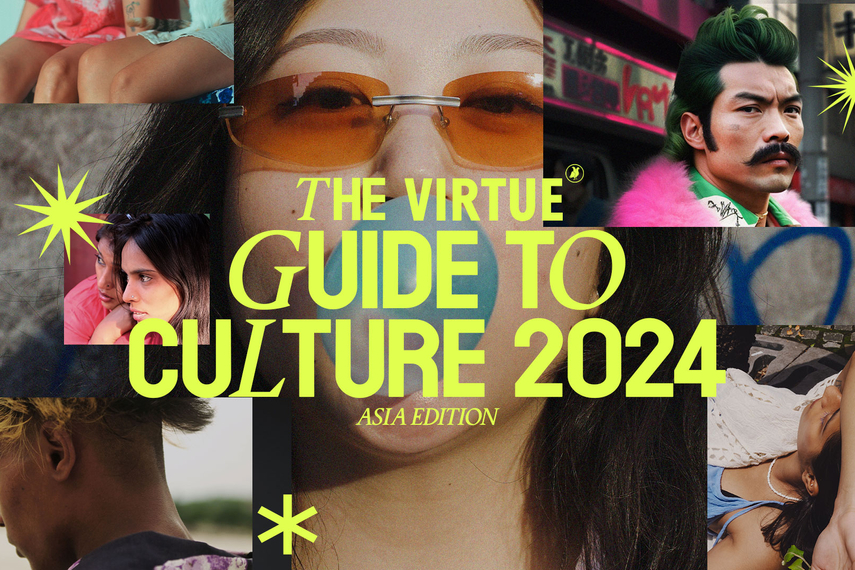
Please sign in or register
Existing users sign in here
Having trouble signing in?
Contact Customer Support at
[email protected]
or call+852 3175 1913
EXCLUSIVE: Results from an extensive APAC study by Virtue, revealed in advance to Campaign, uncover five cultural codes that are driving Asia’s Gen Z and how brands can tap into them.

Contact Customer Support at
[email protected]
or call+852 3175 1913
Top news, insights and analysis every weekday
Sign up for Campaign Bulletins
Dom Hyams, global client director at Purple Goat Agency, was unable to access the stage via the usual route.
With a foot in both tradition and transformation, Neo is reimagining what Singapore’s most beloved supermarket means to the next generation of shoppers.
See why Lazada tops the list in Thailand and explore the rising challengers shaking up the rankings in Campaign’s regional research with Pureprofile.
These consumers are going beyond the usual value for money and are willing to pay a premium for the “emotional value” a purchase brings.